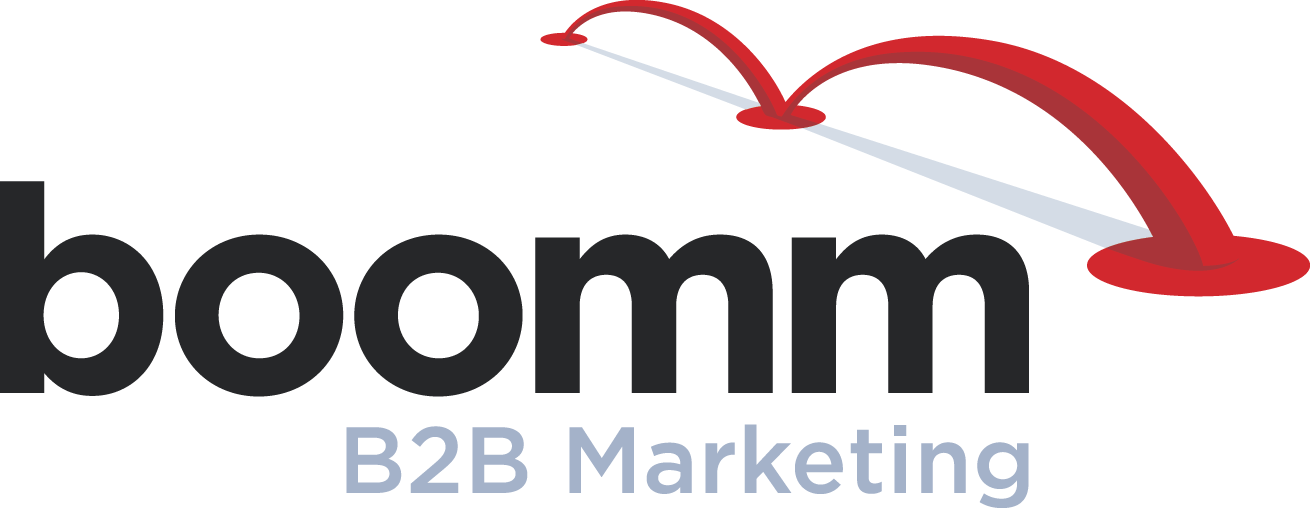Journey Journal: Lessons from the creative brief

by Randy Mitchell, Creative Director
If you were a student in my marketing class back in 2009, I am deeply sorry.
Like a fool I stood in front of you and babbled on about strategy, concepting, workflows, tactics and social. And somewhere in that caffeinated wall of words, I devoted 30 seconds to the creative brief.
Wait, what?
It may provide little consolation now, but please know that I have learned my lesson. Over and over again.
The creative brief is a topic that everyone wants to discuss in depth. In fact, it has become a focal point in every class I teach, from MBA level marketing down to creative basics. We debate it, dissect it, and try to determine whether it is still relevant.
Those discussions have been truly invigorating. I have learned so much and the experience always gives me a fresh perspective on this anything but basic marketing tool.
So, I dedicate this blog post to the unfortunate class of 2009. Here are two critical lessons that I should have shared with you.
Lesson #1: The creative brief is vital.
Some people firmly declare that the creative brief is archaic. Please do not believe that for an instant. The brief is more necessary today than ever.
Let me illustrate the point: I recently completed a pro bono effort with a dear friend of mine. We have worked together as creative partners for over 20 years, so it’s easy to suppose a simple text would suffice to cover our impending project.
Instead, my friend developed a creative brief defining everything that mattered, from tactics to timing. Without that foundation, we might have been way off in our thinking or execution. But her creative brief left no gray areas. And the ensuing project was a huge success. On time, on point and all based on the brief.
Lesson #2: Keep the creative brief to one page
Stop laughing. Especially you B2B account people.
The one-page creative brief is both possible and practical. In fact, anyone can keep a creative brief to a single page if you follow this structure.
On one page, include the crucial elements in short, direct descriptions:
- Communications objectives
- Marketplace challenge
- Target audience
- Main message
- Value proposition
- Tactics
- Timing
What about the industry insights? Competitive landscape? Budget? Client mandatories? We can’t abandon those.
You don’t have to discard any of the additional information. It matters very much, and any creative worth her sodium will want to reference it. But I believe that information belongs in an addendum.
Think of it this way: The one-page creative brief is the “working document.” It’s the critical information your creatives, account team and media people will want to reference quickly throughout the campaign. And it literally keeps everyone on the same page, including the client.
The addendum contains additional background information and nuances your team needs to read once or twice. If these insights were wedged in with the mandatories from the brief, they would muddy the waters.
How do you determine if something belongs in the creative brief or the addendum? Here’s a tip: Pretend each creative person has multiple projects but only one mind. What information is absolutely mandatory for their busy brains? There’s your brief.
I’ll close with one final message to the class of 2009. One of you stole my Blackberry. If it was you, please keep it. It’s the least I can do.


